From Sunny Days to Classroom Success: Teaching About Eye Health
Learn about the importance of eye health and how you can integrate eye-care education into the curriculum.

Share
September 23, 2024
Learn about the importance of eye health and how you can integrate eye-care education into the curriculum.
Share
By Dr. Noureddine Melikechi
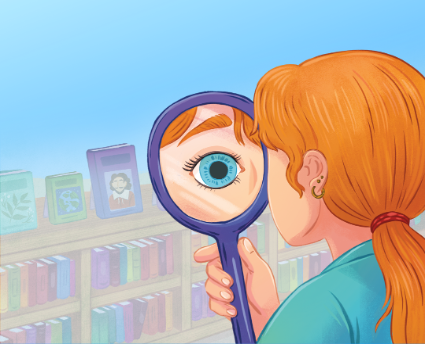
As summer winds down and the new school year begins, it's essential to turn attention to a crucial aspect of student well-being: eye health. With increased outdoor activities and sun exposure over the break, children’s eyes may be more strained. As students head back to the classroom, teachers have a valuable opportunity to promote vision health through dynamic lessons and activities. By integrating eye-care education into the curriculum, educators can help maintain students' clear vision and set the stage for a successful school year.
This week is National Eye Health Week and the timing is perfect to emphasize the importance of clear vision in the classroom. Teachers are in a prime position to enhance students' understanding of eye health through engaging classroom activities and collaboration with families. By incorporating practical tips and eye-care education into everyday learning, teachers can play a pivotal role in ensuring that children's vision stays sharp, ultimately supporting their academic success and overall well-being.
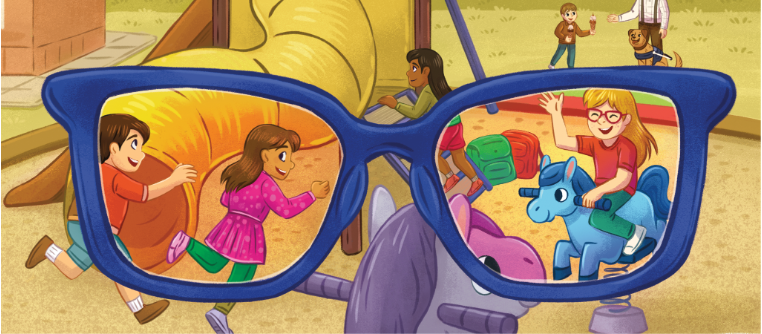
Children’s eyes are sensitive and need extra protection, especially during the summer months when they face various environmental challenges. Encouraging simple practices can make a big difference in protecting their vision for the future.
Here’s how teachers can make a difference in children’s eye health as we transition from summer into the school year:
Integrate eye health topics into your lesson plans and classroom discussions with engaging activities. Host interactive events or story times that spotlight the importance of eye care. Emphasize the need for protective eyewear—such as kid-friendly sunglasses with 100 percent UVA and UVB protection, goggles and sports glasses—to shield against debris, impacts and chlorine during activities like swimming, biking and contact sports. Creative activities like arts and crafts can help reinforce these concepts in a fun and engaging way.
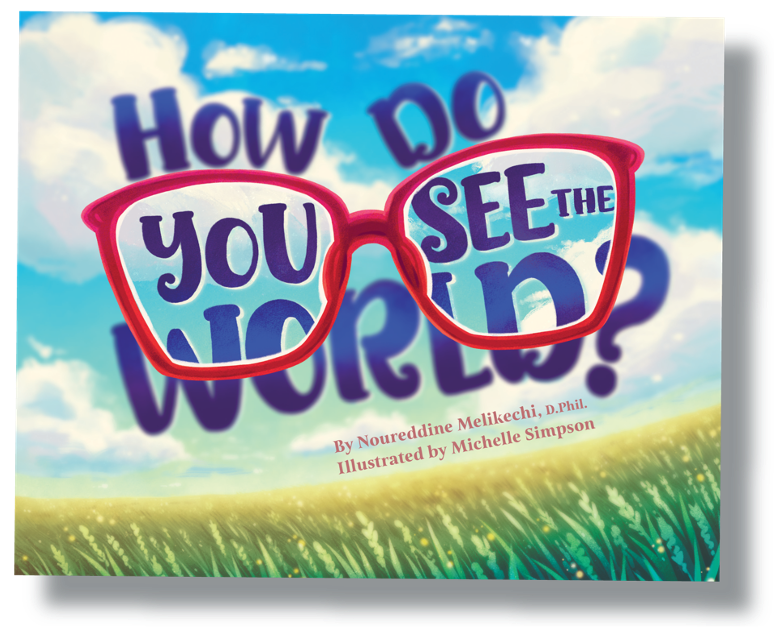
Provide students and their families with eye health materials such as brochures, posters and booklets. Make these resources available in the classroom and school library. Highlight eye health-themed books and encourage students to read and learn about vision care. This can help foster a broader understanding of eye health within the school community.
With many schools now offering digital resources, 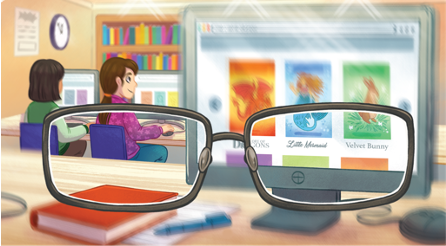 it’s important to address the impact of excessive screen time in your classroom. Remind students about the 20-20-20 rule: Every 20 minutes, take a 20-second break and look at something 20 feet away. Encourage activities that do not involve screens, such as outdoor play or hands-on projects, to balance screen time with physical activity.
it’s important to address the impact of excessive screen time in your classroom. Remind students about the 20-20-20 rule: Every 20 minutes, take a 20-second break and look at something 20 feet away. Encourage activities that do not involve screens, such as outdoor play or hands-on projects, to balance screen time with physical activity.
Incorporate health and nutrition themes into your classroom activities. Feature discussions on the benefits of staying hydrated and eating a diet rich in vitamins for eye health. Partner with local nutritionists or health professionals for guest talks or workshops. Emphasize the importance of drinking water and eating foods high in vitamins A, C and E, as well as omega-3 fatty acids, such as leafy greens, fish and colorful fruits.
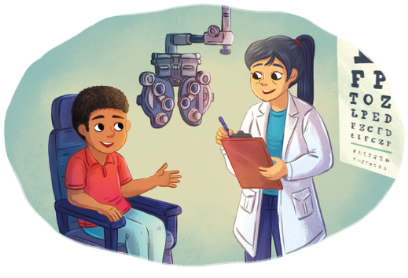
Use your classroom and school community to stress the importance of regular eye exams. Share information on why annual eye check-ups are essential, even if children do not exhibit obvious signs of vision problems. Consider organizing a “meet the eye doctor” event where students and their families can learn more about eye health and receive personalized advice.
As summer concludes and the new school year begins, teachers have a valuable opportunity to make a significant impact on children's eye health. The American Academy of Ophthalmology and other health organizations stress the importance of educating parents and caregivers on these simple yet effective practices to safeguard children's vision. By integrating eye-care awareness into your teaching and school activities, you can help ensure that students' vision remains sharp and vibrant, setting them up for success both now and in the future. Let’s make our classrooms not only places of learning but also hubs for health and well-being.
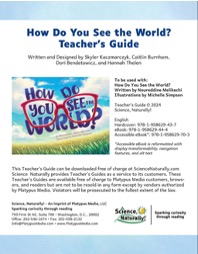
Do you want more content on how to excite students to explore eye health and safety, learn about the parts of the eye, and discuss the importance of vision? Additional resources can be found in this comprehensive teacher’s guide: Share My Lesson: How Do You See the World? Teacher’s Guide
The guide and its activities foster a deeper conversation about seeing and encourage students to consider the question: How do they see the world?

Dr. Noureddine Melikechi is a renowned optical physicist and author of How Do You See the World? With extensive experience in the field of optics and vision, Melikechi's work focuses on advancing our understanding of eye health and promoting practices that ensure optimal vision for individuals of all ages.
For more information about Melikechi's work or to explore further tips on eye care, visit Science Naturally.
Want to see more stories like this one? Subscribe to the SML e-newsletter!
